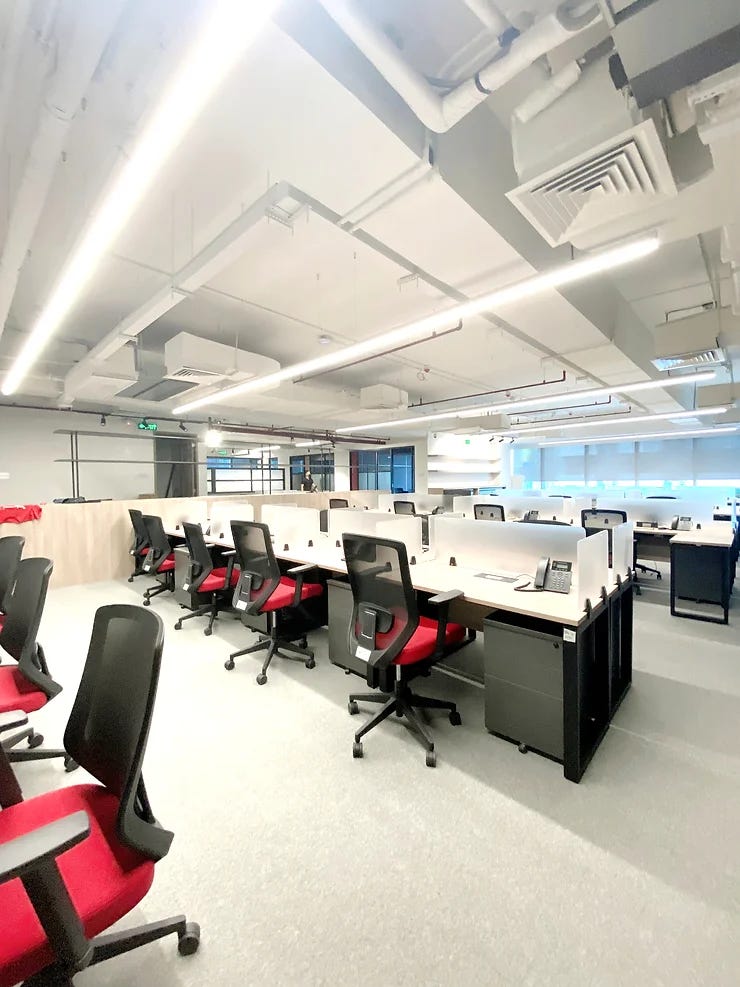Designing Value: Navigating the Philippine Architect-Corporate Client Relationship
In the Philippines, architects play a crucial role in shaping the built environment, collaborating closely with corporate clients to bring visions to life.
However, this partnership often encounters challenges that can hinder project success. One of the most pressing issues is the undervaluation of architectural services by corporate clients, leading to compromised design quality, strained relationships, and financial instability for architects.
The Undervaluation of Architectural Services
Many corporate clients in the Philippines perceive architectural services as an added expense rather than a valuable investment. This mindset often leads to:
Fee Haggling: Clients negotiating fees to unsustainable levels, disregarding the complexity and time investment required for quality design.
Scope Creep: Expecting additional services beyond the agreed scope without corresponding compensation.
Preference for Contractors: Opting to work directly with contractors or engineers, bypassing architects to cut costs, which can compromise design integrity.
Such practices not only devalue the profession but also impact the overall quality and functionality of the built environment.
Root Causes
Several factors contribute to this undervaluation:
Lack of Awareness: A limited understanding of the architect's role and the value they bring to a project.
Cultural Perceptions: A tendency to prioritize cost savings over quality and long-term benefits.
Economic Constraints: Budget limitations leading clients to minimize expenses on design services.
Regulatory Gaps: Inadequate enforcement of laws that protect and define the scope of architectural practice.
Impacts on Architects and Projects
The consequences of undervaluing architectural services are far-reaching:
Financial Strain: Architects struggle to sustain their practices, affecting their ability to invest in professional development and innovation.
Compromised Quality: Reduced fees can lead to limited resources, affecting the depth and thoroughness of design work.
Professional Burnout: Continuous undervaluation can lead to decreased morale and motivation among architects.
Project Inefficiencies: Lack of comprehensive design input can result in construction issues, increased costs, and user dissatisfaction.
Strategies for Architects
To address these challenges, architects can adopt several strategies:
Educate Clients: Clearly communicate the value and benefits of architectural services, emphasizing how thoughtful design can lead to cost savings and enhanced functionality.
Transparent Pricing: Provide detailed breakdowns of services and associated costs to justify fees and set realistic expectations.
Professional Development: Continuously update skills and knowledge to offer innovative solutions that meet client needs effectively.
Advocacy: Engage with professional organizations to promote the importance of architecture and push for stronger regulatory frameworks.
Selective Engagement: Choose to work with clients who value and respect the architectural profession, ensuring mutually beneficial partnerships.
Role of Professional Organizations and Government
Professional bodies and government agencies play a vital role in elevating the status of architects:
Policy Development: Implementing and enforcing regulations that define and protect the scope of architectural services.
Public Awareness Campaigns: Educating the public and potential clients about the importance and value of architectural input.
Support Programs: Providing resources and support for architects to enhance their practices and adapt to industry changes.
The undervaluation of architectural services by corporate clients in the Philippines presents significant challenges to the profession and the quality of the built environment. By adopting proactive strategies, engaging in continuous education, and advocating for stronger support structures, architects can navigate these challenges and reinforce the value of their contributions.
How can architects and corporate clients collaborate more effectively to ensure that design services are valued appropriately, leading to better project outcomes for all stakeholders?


